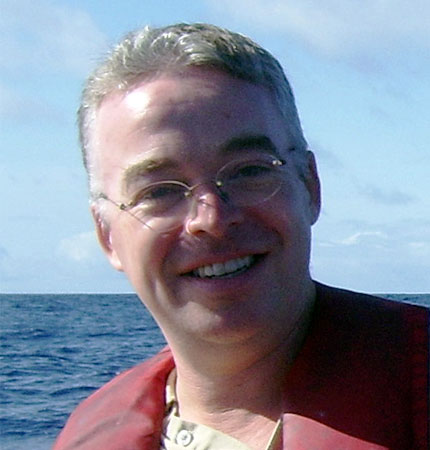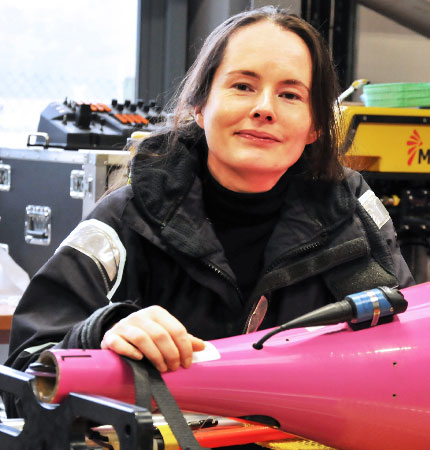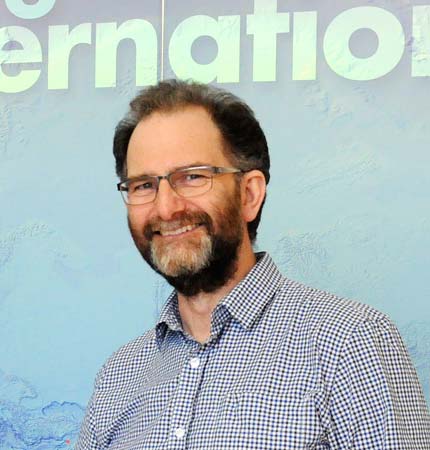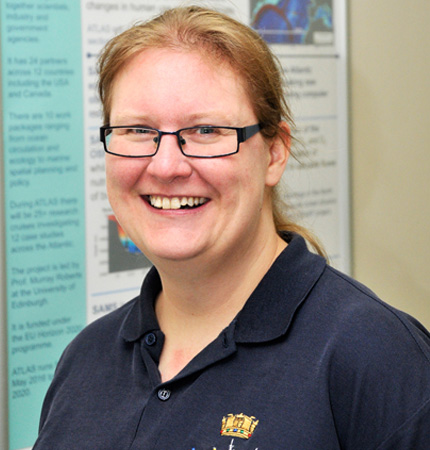Extended Ellett Line
Flow in the eastern subpolar North Atlantic is an important component of the global thermohaline circulation and thus has an important role in regulating climate. Around 90 % of the upper ocean inflow to the Nordic Seas passes between Iceland and Scotland, whilst ~50 % of the cold dense outflow returns through the same area. The Extended Ellett Line (EEL) is a standard hydrographic section between Scotland and Iceland designed to monitor these critical flows.
The Extended Ellett Line was started in 1975 by Dave Ellett, a physical oceanographer at SAMS. Until 1996 effort focused on the Rockall Trough portion of the section often with several occupations each year. Since 1996 the section has been extended to Iceland with regular measurement of nutrients and oxygen in addition to temperature and salinity. Although the predominant aim of the Extended Ellett Line is to monitor the physical and chemical oceanography of the region, the annual cruises provide a platform for additional science as well as training for the next generation of marine scientists and engineers.
Whilst research cruises enable a wide range of parameters to be measured, they are naturally biased towards the summer months when the weather in the region tends to be better. To address this, SAMS has been using an autonomous Seaglider to sample along the Extended Ellett Line transect during the under-sampled autumn, winter and spring months. This provides valuable data to supplement that obtained from the annual cruises.




